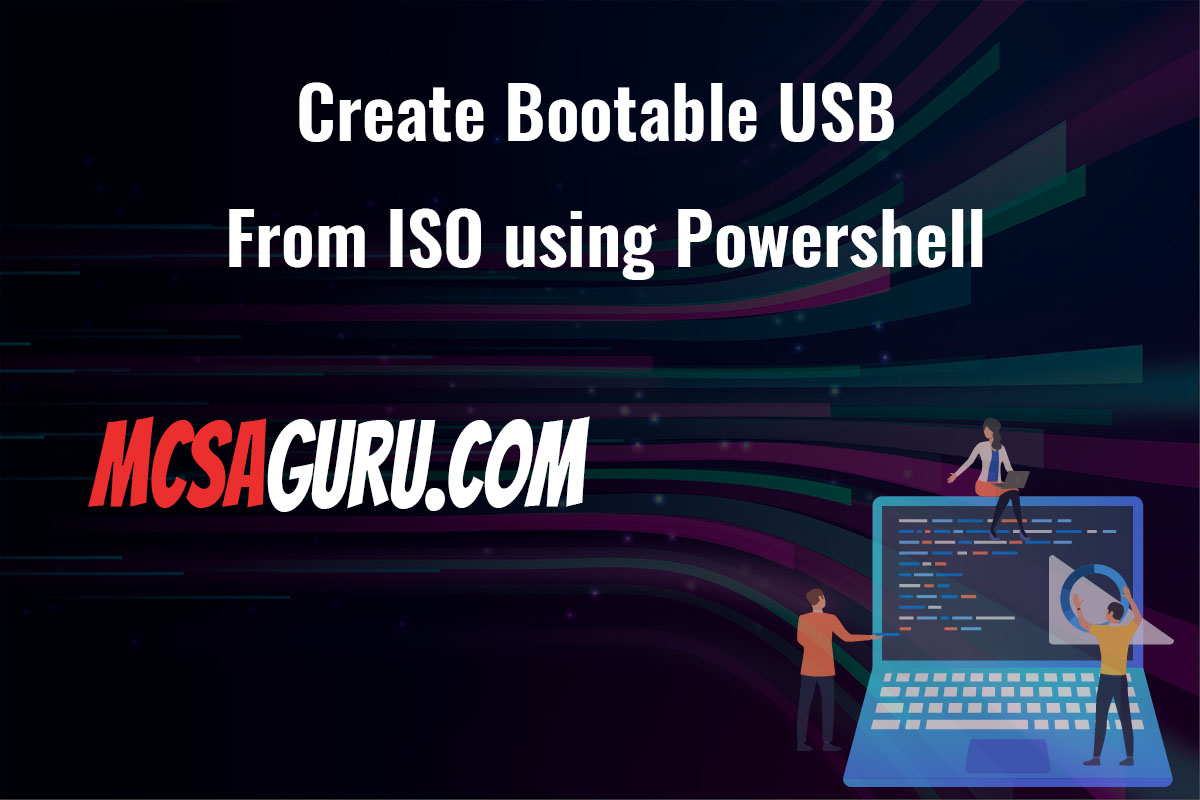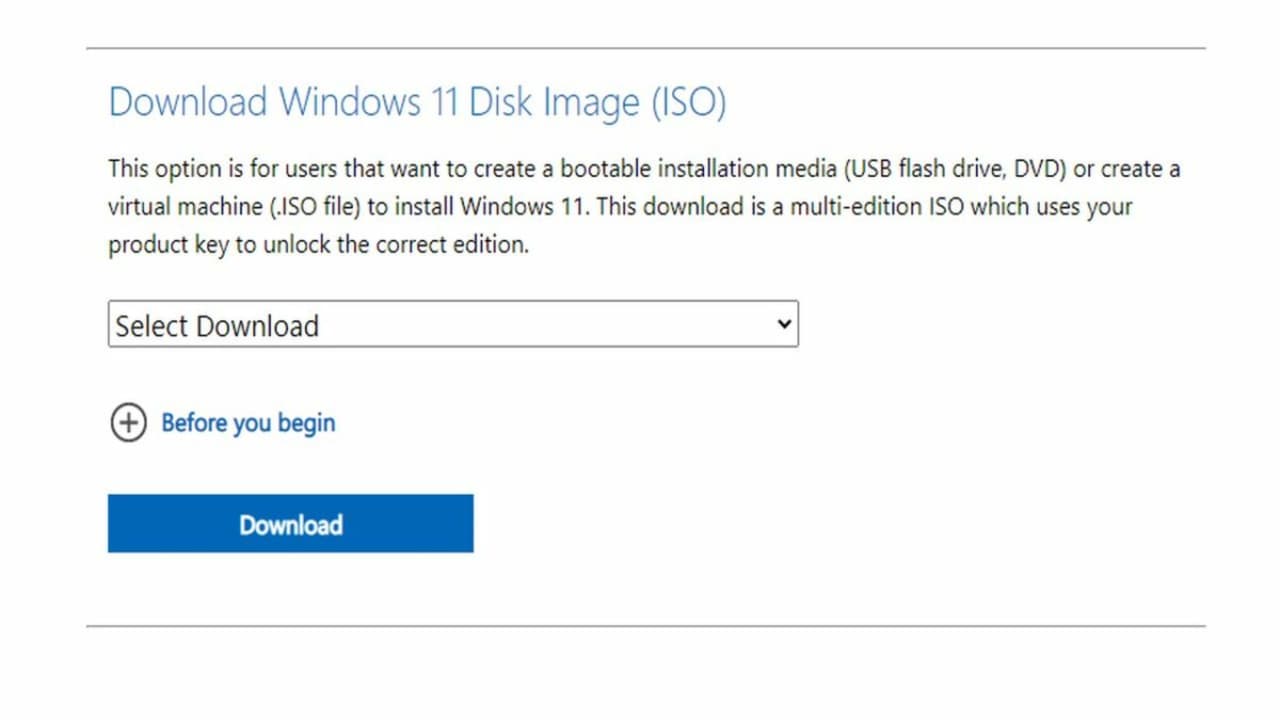

- Xcopy windows iso to usb install#
- Xcopy windows iso to usb upgrade#
- Xcopy windows iso to usb for windows 10#
Xcopy windows iso to usb for windows 10#
For Windows 10 and Windows 11, also add WinPE-Setup-client_.cab. md C:\mount\bootĭism /mount-image /imagefile:C:\my_distribution\sources\boot.wim /index:2 /mountdir:C:\Mount\bootĪdd language packs from the Windows ADK into your mounted image using Dism /Add-Package for each language you want to support. Mount the second image (index 2) in Boot.wim. Right-click Deployment and Imaging Tools Environment and then select Run as administrator. Add languages to the default Windows Setup boot image (index:2)Ĭlick Start, and type deployment.

Where D: is the location of the Windows installation media. For example, if you are building a custom Windows 10 Setup image, you must use the original Windows 10 product media. If you are creating media for use with a customized image, you must use the Windows media that corresponds to the version of your customized image. On your technician PC, copy the Windows installation files from the Windows installation media to a local directory. Copy installation files to a working folder The Languages and Optional Features ISO.Windows installation media for all languages that you are creating media.A technician computer that has the Windows Assessment and Deployment Kit (Windows ADK) and Windows PE add-on installed.To format the partition as FAT32, type format fs=fat32 quick and then press Enter. If your system supports UEFI, format the USB flash drive as FAT32 rather than as NTFS. You must change the drive letters to match your source files location (G) and removable drive (H). You can use the built in command line tool Xcopy to copy the contents of your mounted Windows 10 ISO or DVD to the USB drive by typing xcopy g:*.* /s/e/f h: and.Type assign to instruct Windows to allocate a drive letter to the USB drive.Type format fs=ntfs quick to format the partition.Type active to make the partition active.Type select partition 1 to select the newly created partition.Type create partition primary to create a primary partition on the USB drive.Type select disk X to select the USB drive, where X is the disk number of your USB drive.

Xcopy windows iso to usb install#
The USB flash drive can now be used to install Windows 10. After the MCT has downloaded Windows 10 and copied it to your removable drive, click Finish.On the Select A USB Flash Drive page, select your removable drive and click Next.On the Choose Which Media To Use page, select USB Flash Drive and click Next.Select the language, edition, and architecture (64-bit or 32-bit) for Windows 10 and click Next.Select Create Installation Media For Another PC.To create a bootable USB, using the MCT so that you can perform a clean installation of Windows 10, use these steps. One advantage of using the MCT Wizard is that it downloads the required Windows 10 edition and architectureīased on your selections and copies this directly to your USB drive. The MCT can't be used with the Windows Enterprise edition client. You saw earlier that Microsoft provides a downloadable Media Creation Tool (MCT), which enables you to generate a ready-to-use Windows 10 bootable USB flash drive. Install on bootable USB, using the Media Creation Tool
Xcopy windows iso to usb upgrade#
Windows 10 image, so that you can either upgrade your current Windows system or create your own bootable USB flash drive containing the Windows 10 installation media With the performance and capacity benefits achievable with USB drives, Microsoft now sells Windows 10 installation media on USB drives.


 0 kommentar(er)
0 kommentar(er)
